Should You Run Twice A Day?

Most elite and sub-elite runners will do ‘doubles’, meaning they run twice a day.
We’ll see why running twice a day works for elites and we’ll look at whether double days could work for you (and why you might not want to do doubles).
This article is intended for well-trained runners who are already running five or six days a week, and covering more than 50-60 miles / 80-100km. If that’s not you, then you probably shouldn’t run doubles (but read on to find out why pro runners do benefit from running twice a day).
WHY RUN TWICE A DAY?
Elite runners, and those looking to run significant volume, often do ‘double days’ as a way of being able to run further each week.
If you’re trying to run 80 miles (130km) a week or more then it can be difficult to run that far as single runs, so a few days a week, runners will head out twice.
The reason faster runners do more mileage is that there’s good research which shows that running more volume each week leads to faster times (specifically in the marathon, but it works for most middle- and long-distances). The majority of that running is at easy intensity because 80/20 works for all runners and running slow is really the secret to running fast.
Sometimes both runs are easy efforts, sometimes one is a harder workout, and sometimes a runner will do two workouts in one day, often as a ‘double threshold’.
WHAT ARE THE BENEFITS OF TWO RUNS A DAY?
- They allow a runner to add more weekly volume to their training which correlates with faster times
- Two runs means your activating training stimulus more frequently, and this can help you adapt more to your training than doing single runs
- Two shorter runs are typically less taxing on the body than one longer run
- Two one-hour runs may be easier to schedule than one two-hour run
- On double threshold days, you can get a lot of quality volume in one day – and much more volume than you’d be able to do in just one session
- If the first run is a hard workout and the second run is easy then that can work as a recovery run to help adapt to training. Or after a very hard workout day, doing two shorter recovery runs of 25-40 minutes could also aid recovery better than one 50-80 minute run
- If you have an evening race or hard afternoon workout, then a short morning shakeout run (15-30 mins) can help to prime and prepare the body for the effort to come.
WHAT ARE THE NEGATIVES OF TWO RUNS A DAY?
- You need to already be running high weekly mileage before adding in double days as you need to have a strong base fitness and strength
- The extra volume could be too much (physically and mentally) for some runners and may lead to overuse injuries. Older runners should consider other forms of low-impact cardio if they want to try to benefit from double runs
- The process of getting changed, doing warm ups, cool downs and flexibility movements, adds more time into your training because you’re doing everything twice
- Lots of extra showering and clothes washing!
ARE TWO RUNS BETTER THAN ONE?
Is doing two 15km runs better than doing one 30km run? The answer depends on what you’re trying to achieve.
A 15km run isn’t particularly taxing for a good runner. They can lace up, jog for 60-70 minutes, and the run is done. They go home, eat, recover, work, nap and get on with life, before another hour run in the evening. Two easy runs and 30km sandwiched around life.
A 30km long run requires more thought about nutrition and hydration, and that distance of run puts more stress on the body and builds up more fatigue. It’s essential to keep long endurance runs in your training, but most runners can only do one of these a week.
So the answer is that both are good in different ways. Keep the 30km run as a long run (so don’t split that into two runs), while doing two 15km runs is a great way to build volume with less fatigue and stress.
ARE DOUBLE RUNS RIGHT FOR YOU?
If you’re running less than 50 miles/80km per week then you probably don’t need to consider double runs, but if you want to try them then do two easy runs (around 3-4 miles/5-7km) or do a morning workout and an afternoon recovery run (just 15-30 mins).
If you’re running 60-70 miles/100-115km a week, then you may be able to do this in single runs. If not, then try adding a recovery run to the evening of a workout day (or try two easy runs the day after a very hard workout). Try it for a couple of weeks and if you can handle the volume and like doing double runs, then carry on.
If you run five days a week or less then adding another day to your running may be more beneficial than doing doubles.
If you’re doing a double just to cram mileage in to rearrange your running schedule then be careful that you aren’t doing too much in one day, and allow for enough recovery.
An alternative that may be beneficial is a second form of low-impact cardio like cycling. Adding 30-60+ minutes of easy Zone 2 cycling can be another way to get the benefits of more cardio without the impact of running.
WHAT ARE DOUBLE THRESHOLD RUNS?
A threshold run involves running hard but remaining below your lactate threshold (more on threshold runs here). They are great workouts because they are challenging but they don’t completely fatigue you if you do them properly.
A quality double threshold session could be 5 x 2km in the morning, then 10 x 800m in the afternoon. That’s a total of 10 miles of threshold volume in one day, which would be too much for a lot of runners to tolerate in one session, but the recovery time in between makes a double threshold a popular way to train.
If you’re thinking of trying double thresholds then start out with relatively easy low-volume runs as the second run – try 10 x 1 minute or 5 x 2 minutes.
TIPS TO RUN TWICE A DAY
If you think that running twice a day could work for you then here’s some tips.
- Make the morning session the one that’s the most important (just in case you don’t feel up to a second run that day)
- After your first run, prioritise refuelling with carbs and protein to speed up your recovery – do this as soon as you can after finishing the run. Also take on enough fuel before the second run
- An afternoon nap will also help your recovery
- Try to leave eight hours between your runs
- Build up double day volume. If you have 10 miles planned for a day then do seven in the morning and three in the afternoon, and only do easy runs to begin with. Gradually increase the volume you do over one day (so you might build to eight miles in the morning, six in the evening)
- Try a morning workout and then a recovery run in the afternoon if you want more intensity, plus the benefits of the very easy evening run
- If you want to try double threshold workouts then do a normal threshold session in the morning (e.g. 6 x 1km), then a shorter one in the afternoon (e.g. 5 x 2 mins). If you can tolerate this and feel good for doing it, then build from there
- Most of all, listen to your body. If you’re feeling niggles or just high fatigue, then skip the second run and don’t push yourself too hard or you increase your injury risk
***
Here’s Mo talking all about running twice a day.



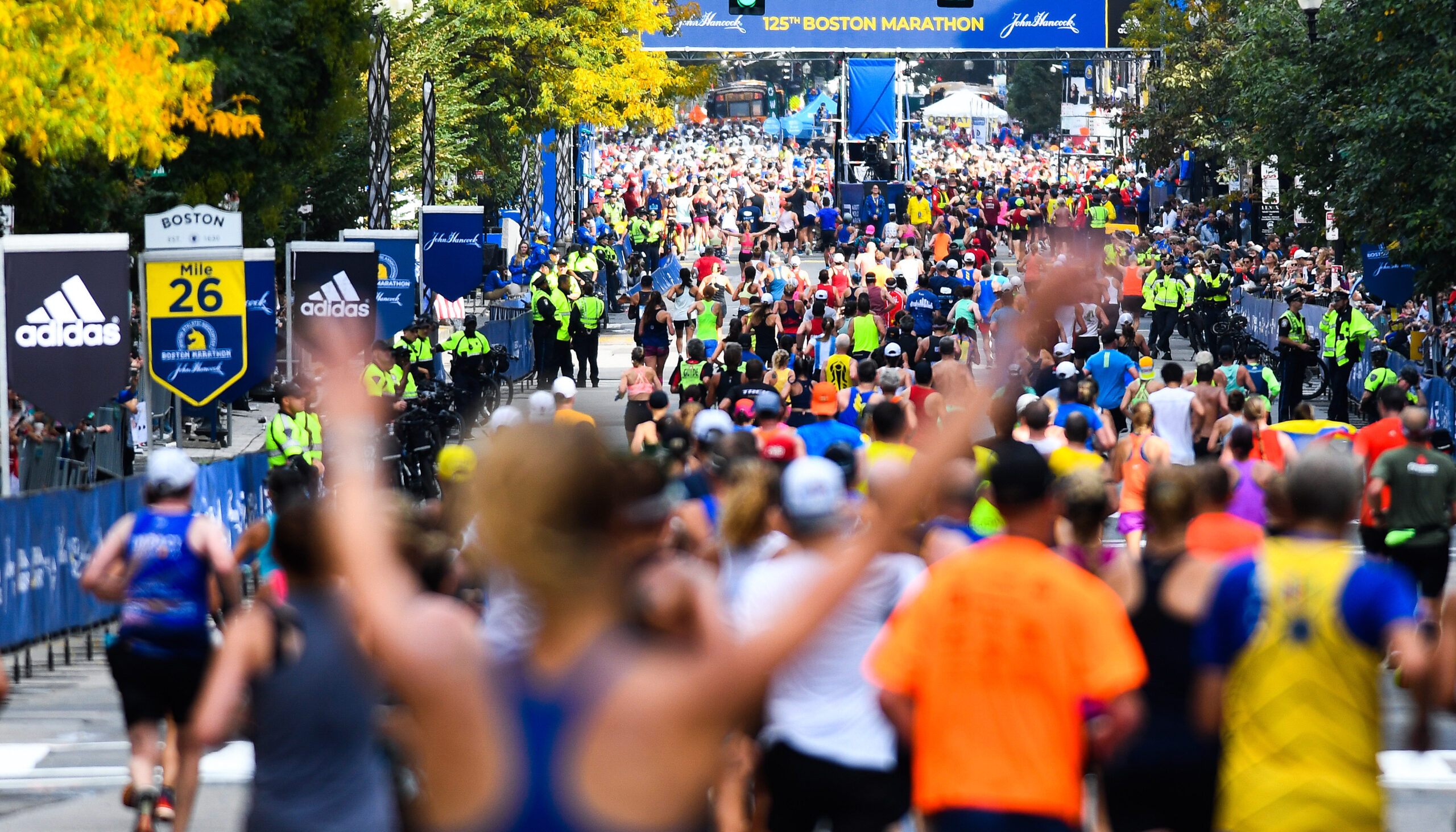





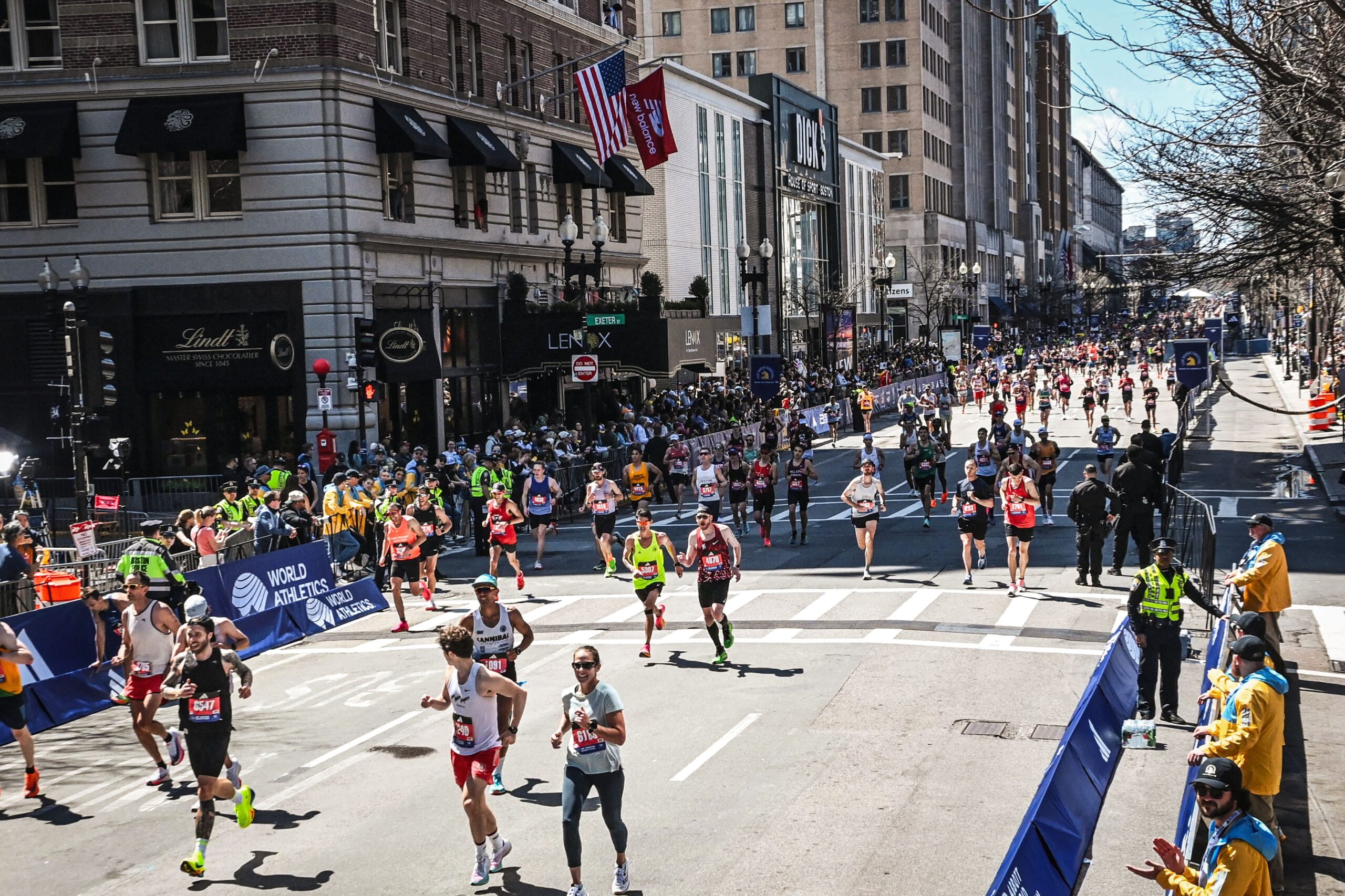
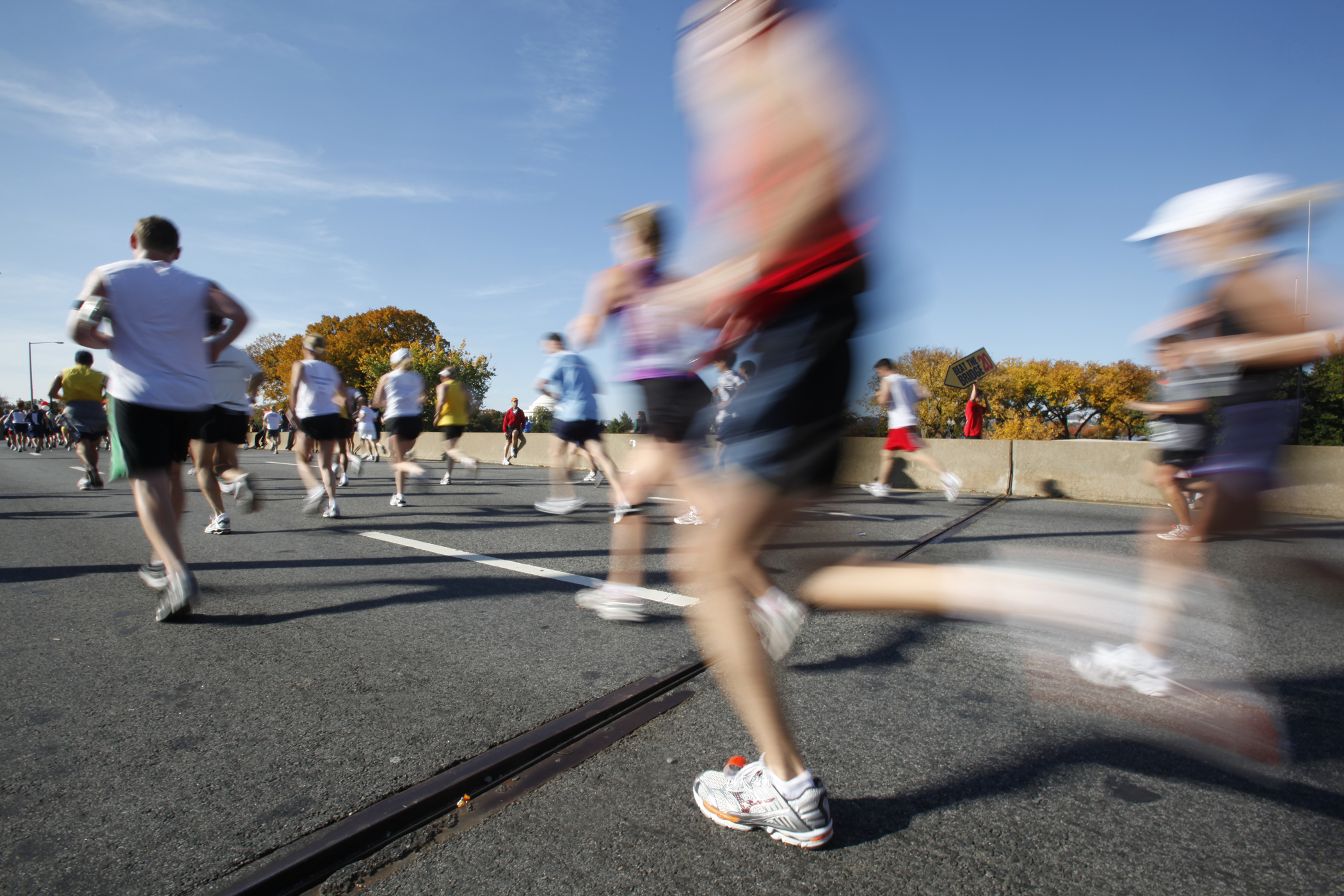



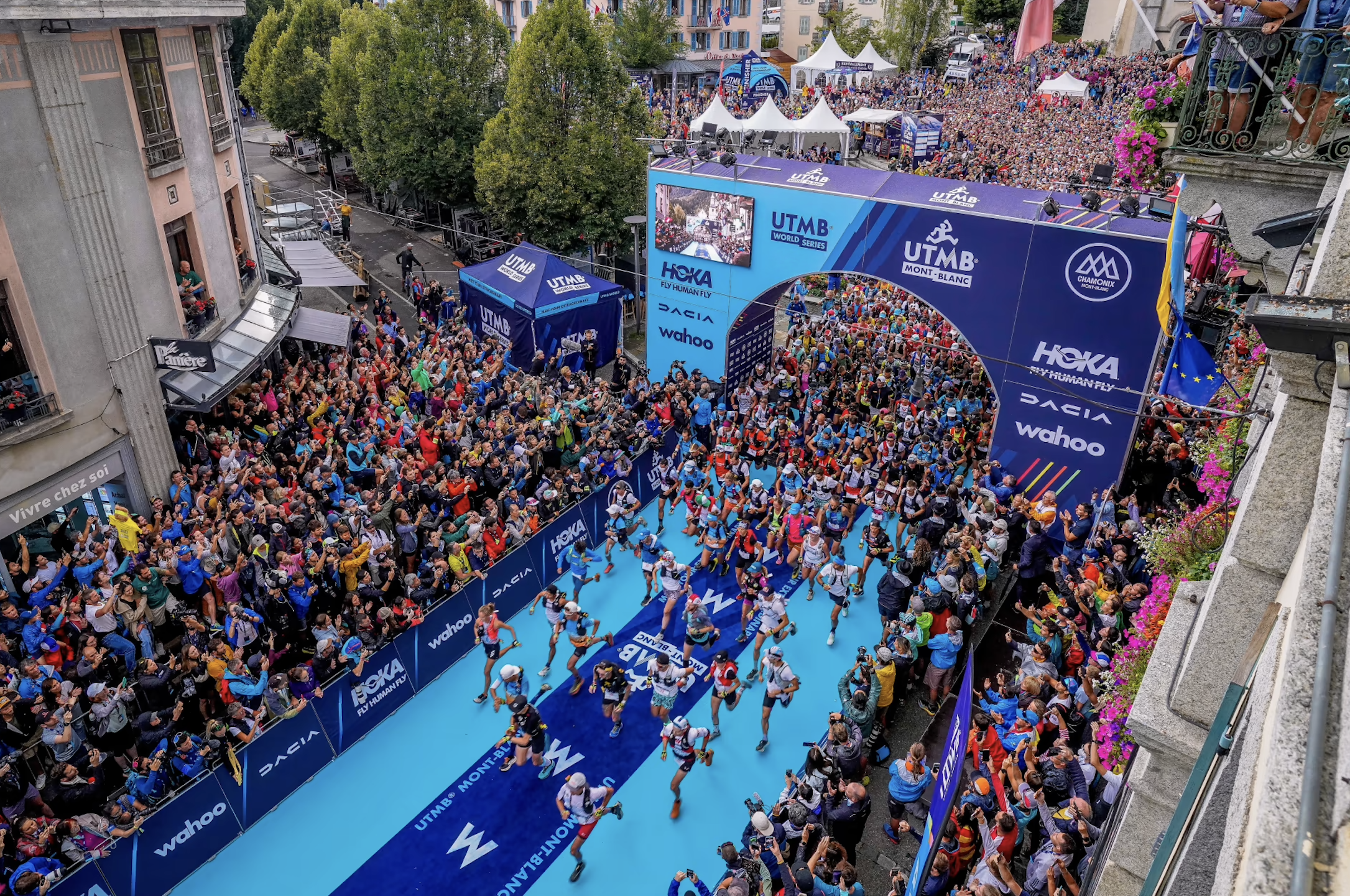


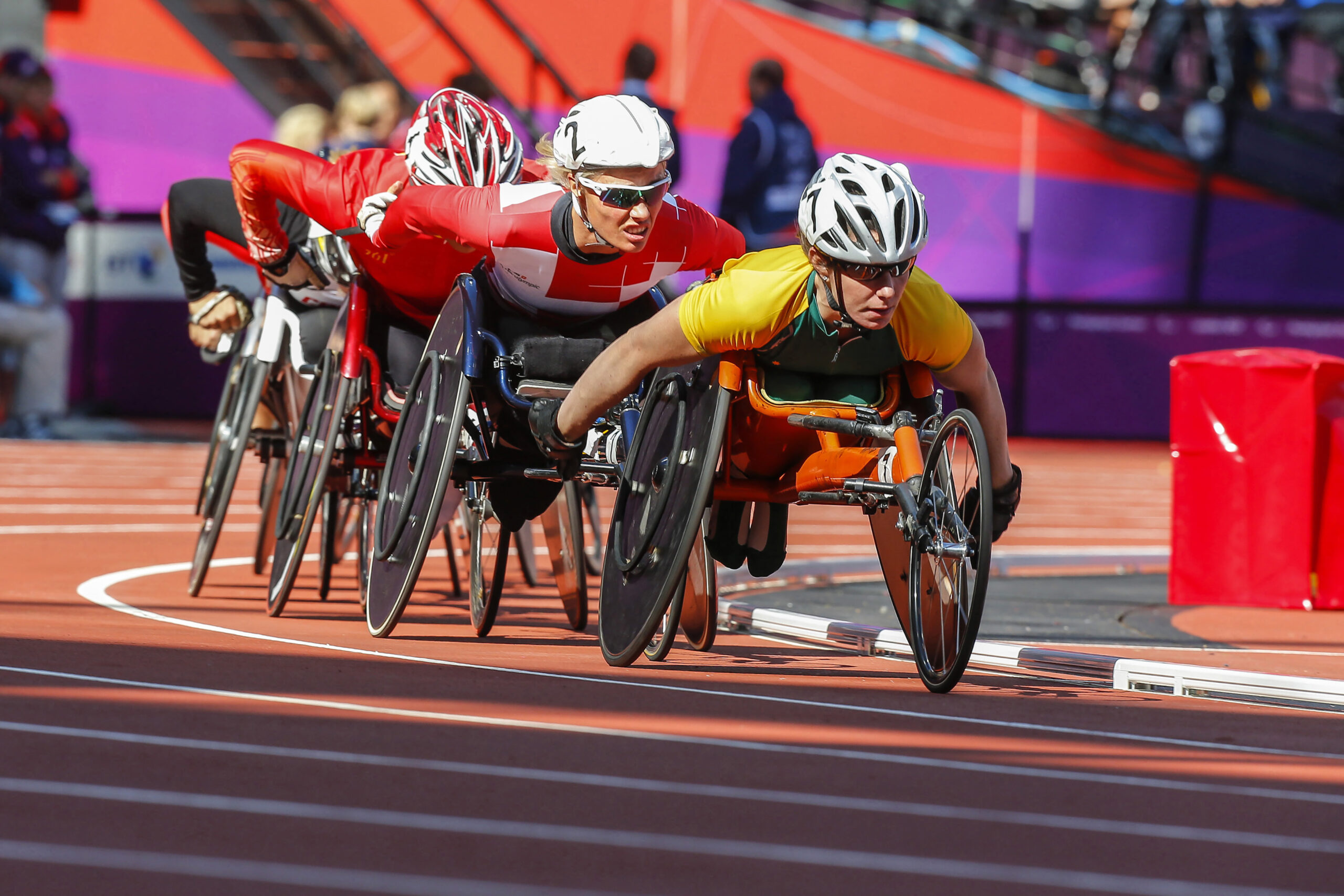






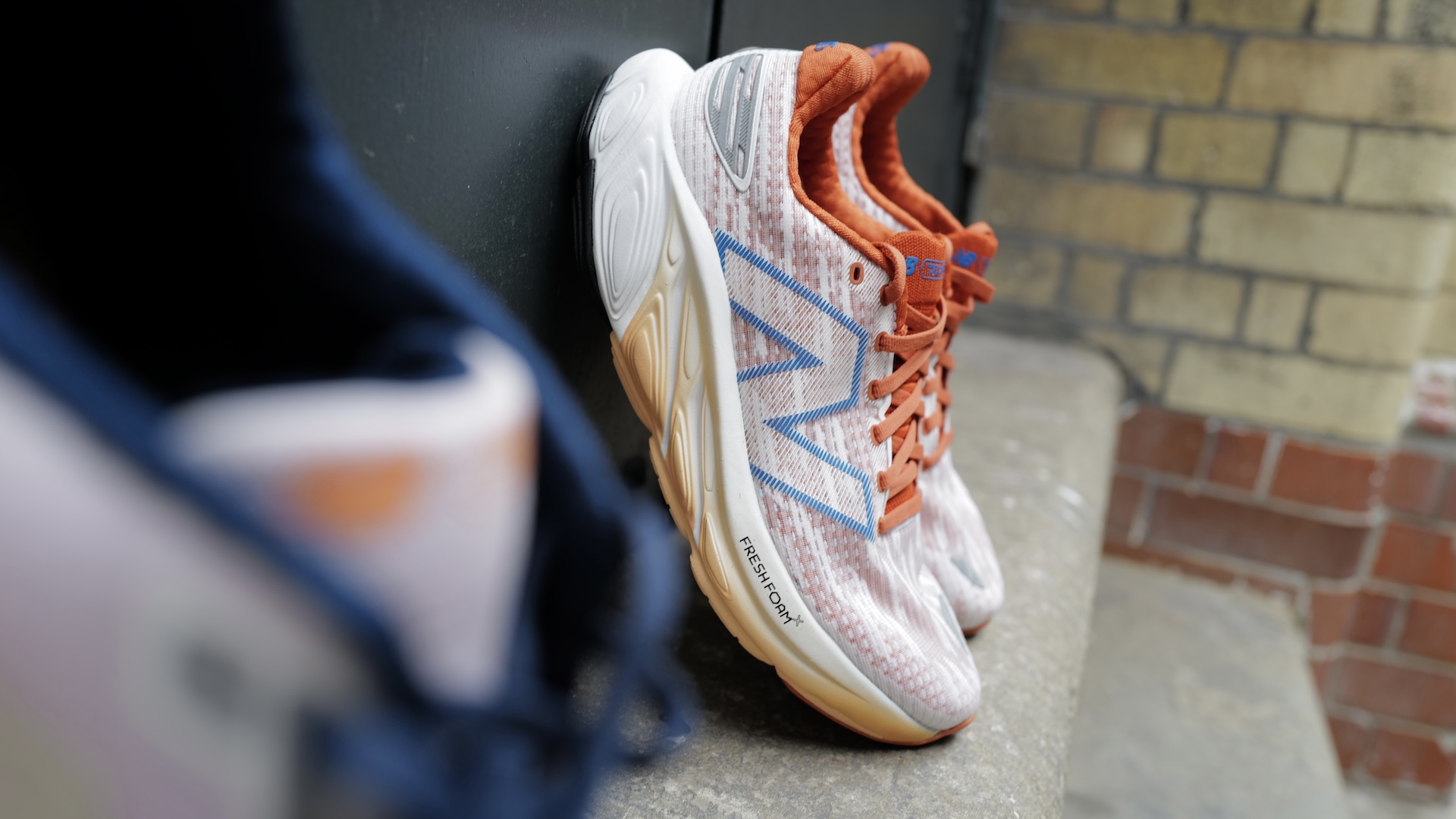
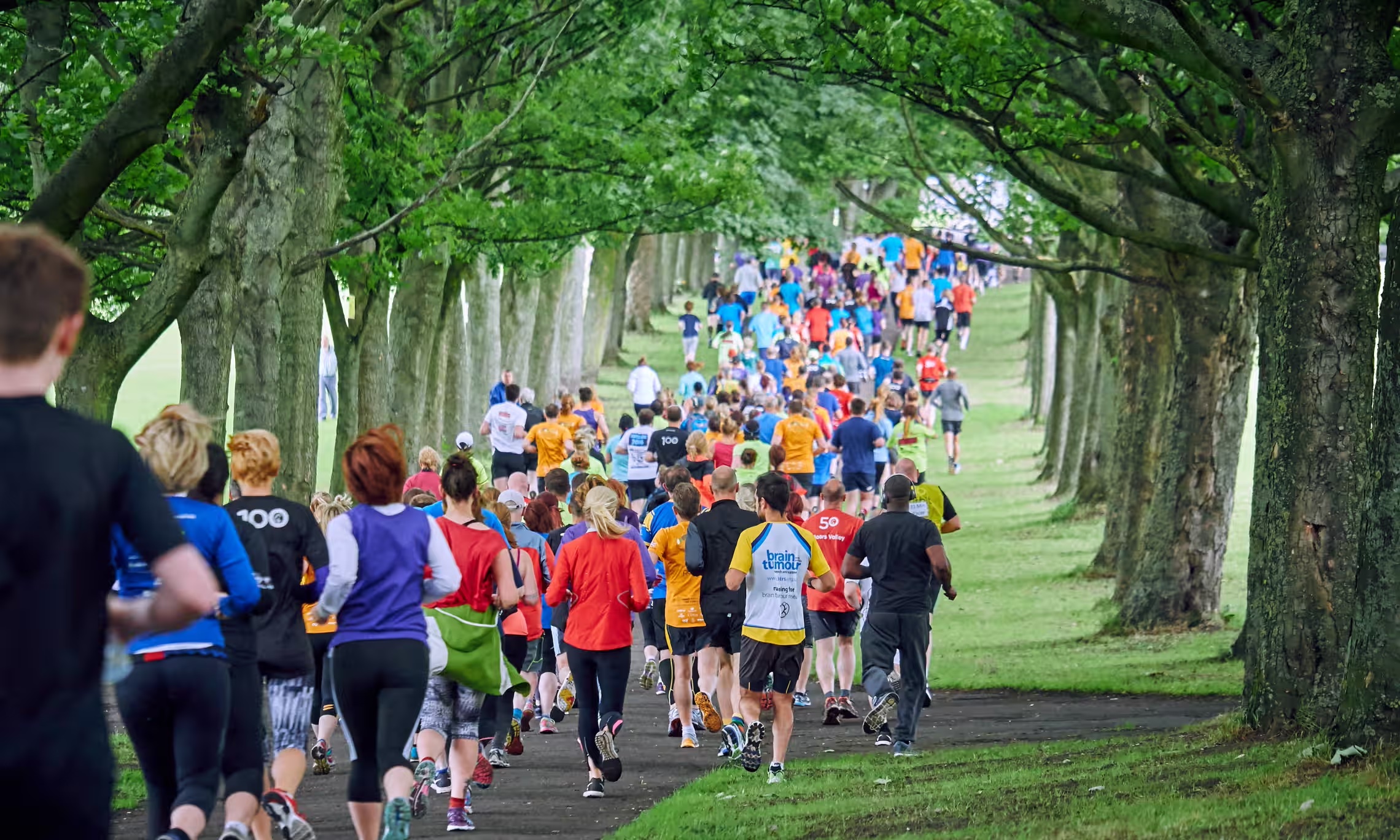


Running News
Ingebrigtsen Stars at World Athletics Indoor Championships 2025 – Plus All The Winners!
Sam Ruthe Is First 15-Year-Old To Run A Four-Minute Mile!
Eliud Kipchoge Will Run The 2025 Sydney Marathon!